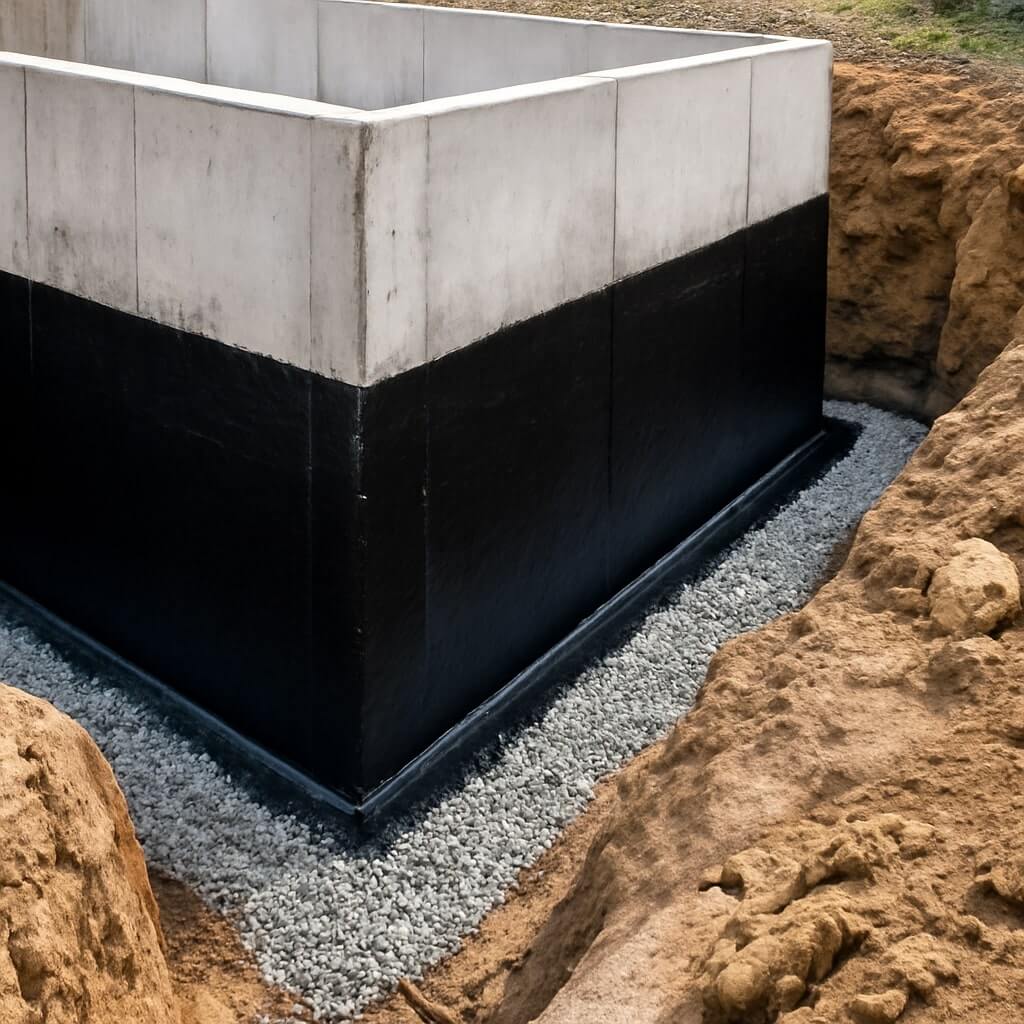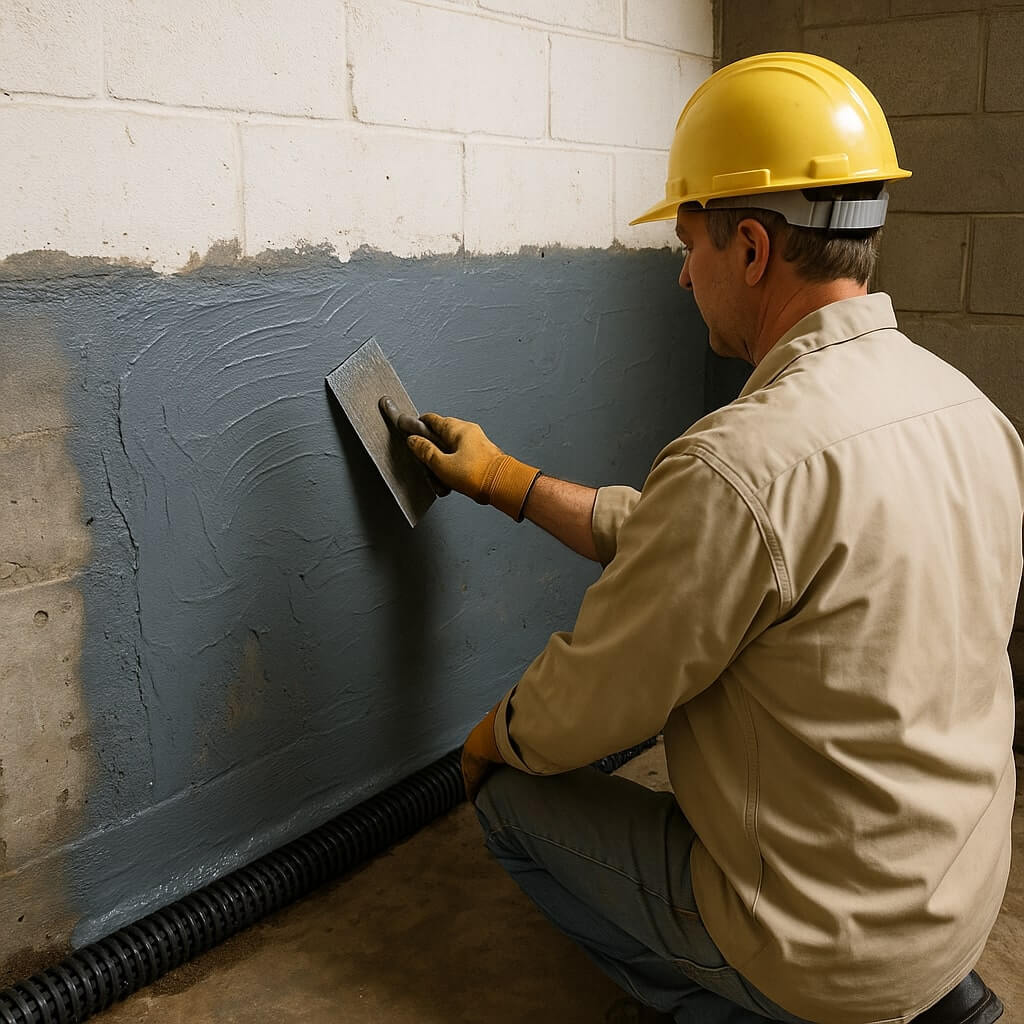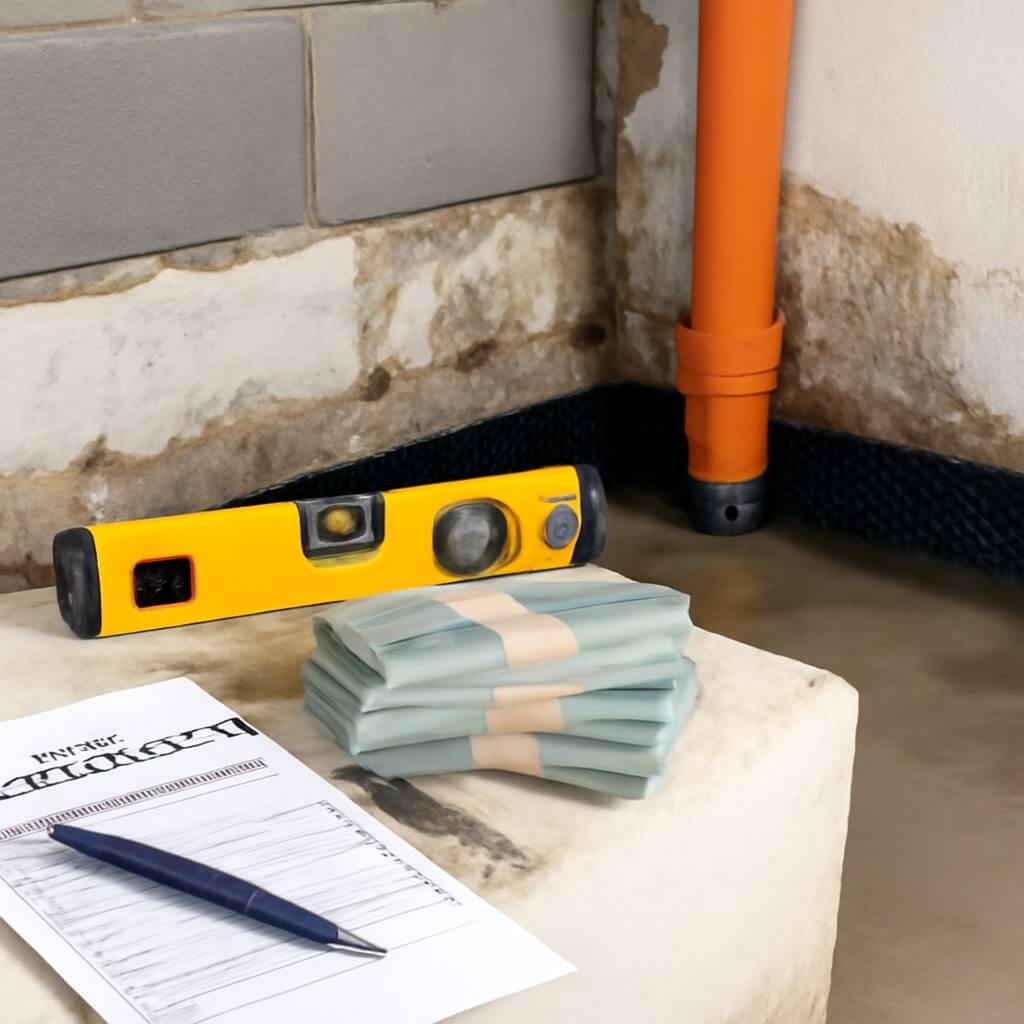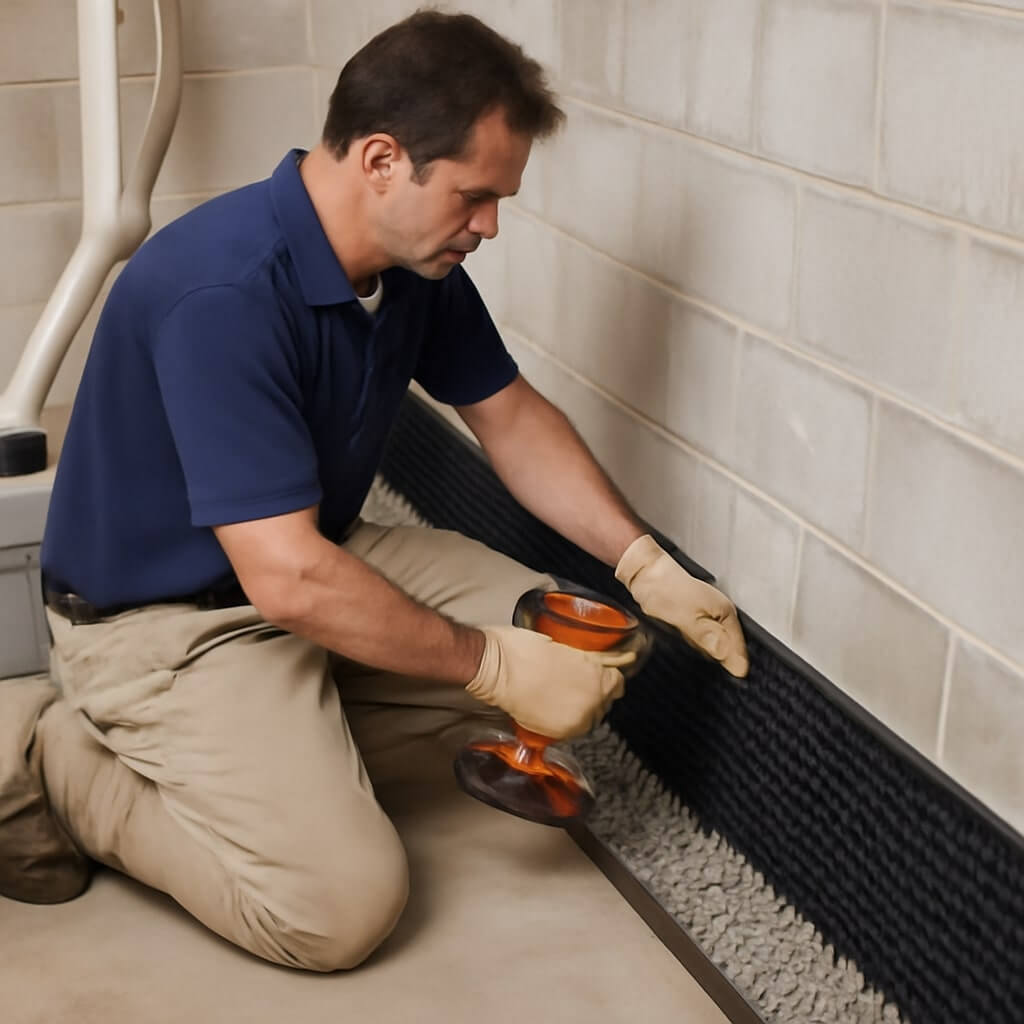Basement waterproofing is a crucial step in any new construction project. Proper waterproofing ensures structural durability, prevents moisture-related issues, and increases property value. This comprehensive guide explores everything you need to know about new construction basement waterproofing—from materials and methods to benefits and common questions.
Why Basement Waterproofing is Essential in New Construction
1. Prevents Structural Damage
Water infiltration can weaken a building’s foundation. By implementing waterproofing during the construction phase, you avoid costly repairs in the future.
2. Avoids Mold and Mildew
Moisture encourages mold growth, which affects indoor air quality and poses serious health risks.
3. Protects Interiors
Waterproofing shields walls, floors, and insulation from water damage, protecting your investment.
4. Boosts Property Value
Homebuyers look for properties with a dry, secure basement. Waterproofing enhances market appeal.
Key Basement Waterproofing Methods for New Construction
1. Exterior Waterproofing Membranes
Applied to the outside of foundation walls, these membranes form a barrier that prevents groundwater from penetrating the basement.
Types:
- Bituminous coating
- Liquid rubber membrane
- Sheet membranes
2. Interior Sealants
Although not a substitute for exterior methods, interior sealants (like epoxy or polyurethane) are applied to walls and floors to address minor seepage.
3. Drainage Systems
- Footing Drains: Installed around the base of the foundation to redirect water away.
- French Drains: Trenches filled with gravel and piping to enhance water flow away from the structure.
4. Cementitious Waterproofing
A rigid, brush-applied solution ideal for concrete surfaces. It’s easy to use and adheres well to foundations.
Step-by-Step: How New Construction Waterproofing Works
- Excavation: Digging around the foundation.
- Surface Preparation: Smoothing and cleaning foundation walls.
- Application of Waterproofing Layer: Applying membrane or coating.
- Installation of Drainage Systems: Ensuring water is diverted.
- Backfilling with Proper Soil: Prevents water pooling near the structure.
Best Materials for New Basement Waterproofing
- Polyurethane Membranes – Flexible and long-lasting.
- Cementitious Coatings – Affordable and effective.
- Bentonite Sheets – Expand upon contact with water to form a seal.
- Bituminous Waterproofing – Ideal for high water table areas.
Common Mistakes to Avoid
- Skipping waterproofing to save costs.
- Using low-quality membranes.
- Poor surface preparation.
- Inadequate backfilling and grading.
- Ignoring proper drainage design.
Benefits of Waterproofing at the Construction Stage
- Cost-effective (cheaper than retrofitting).
- Fully accessible foundation.
- Higher customization and integration with structural design.
- Long-term durability.
FAQ: New Construction Basement Waterproofing
How much does new construction basement waterproofing cost?
How long does basement waterproofing last?
Is waterproofing necessary for all new homes?
Can I DIY basement waterproofing during construction?
When is the best time to apply waterproofing?
Final Thoughts
Investing in new construction basement waterproofing is a wise decision for homeowners and builders alike. Not only does it protect your property from water damage, but it also ensures long-term comfort, safety, and value. Prioritize high-quality materials and professional installation to safeguard your foundation for decades.




